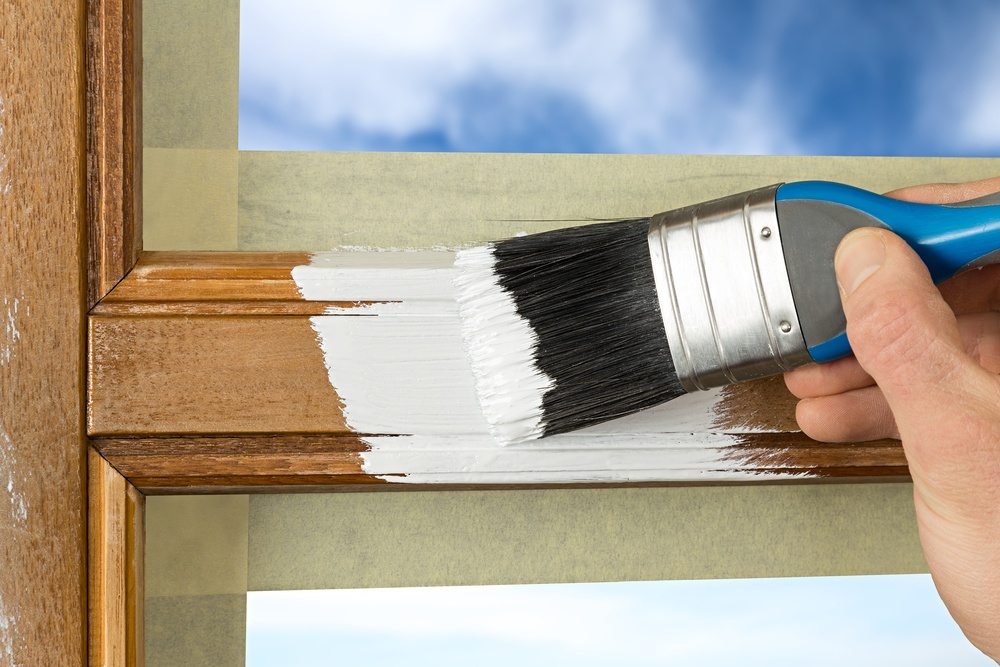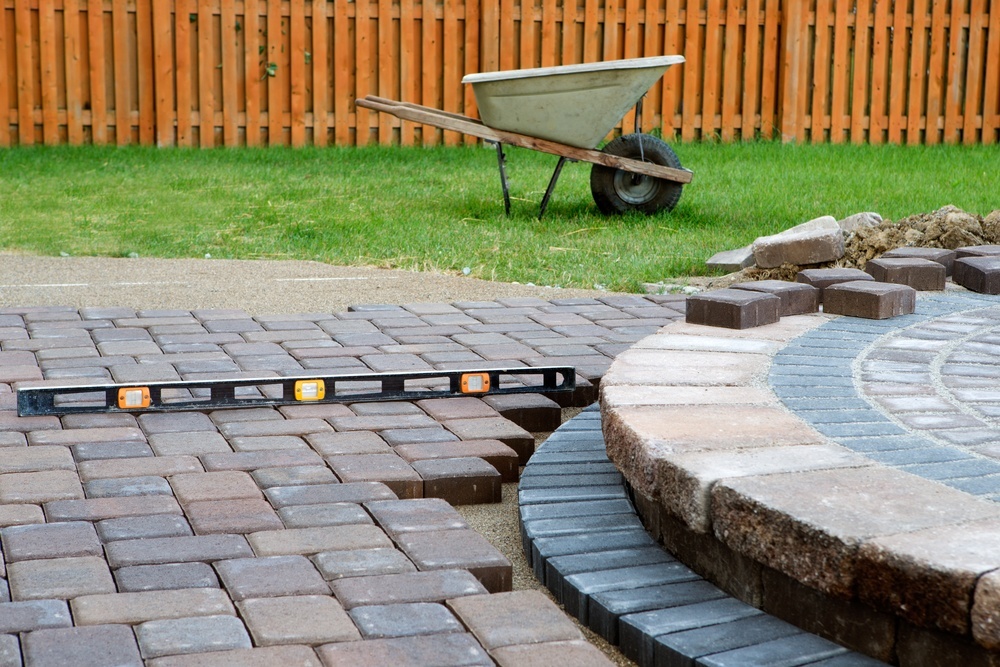 No matter what room you’re working with, choosing the right type of flooring is a very important decision. But if you’re thinking of replacing the flooring in your kitchen, there are a lot of special factors that come into play. Kitchens are typically one of the most heavily trafficked rooms in a home and the floors are very likely to be spilled on or have pots and pans dropped on them, so you need to find something that’s both comfortable to stand on, but is also very durable. And, of course, you’ll also want to find an option that fits in your budget, but still looks nice. There are lots of different types of flooring out there, so which ones work best for kitchens?
No matter what room you’re working with, choosing the right type of flooring is a very important decision. But if you’re thinking of replacing the flooring in your kitchen, there are a lot of special factors that come into play. Kitchens are typically one of the most heavily trafficked rooms in a home and the floors are very likely to be spilled on or have pots and pans dropped on them, so you need to find something that’s both comfortable to stand on, but is also very durable. And, of course, you’ll also want to find an option that fits in your budget, but still looks nice. There are lots of different types of flooring out there, so which ones work best for kitchens?
For a flooring option that’s affordable, attractive, and durable, ceramic tiles are a great choice. Ceramic tile has a very nice, classic look and not only is it pretty budget friendly, you might even be able to install it yourself if you’re a big DIY-er. It can be cleaned easily and withstand lots of activity, but the grout will need to be sealed every now and then to prevent staining. Unfortunately, ceramic tile can be cold and uncomfortable to stand on for significant amounts of time, so you’ll want to have mats to stand on.
Vinyl and linoleum are other very popular and affordable choices. Both vinyl and linoleum are extremely versatile and come in a very wide variety of colors and finishes. Although many people think vinyl and linoleum are the same things, they are two different materials. Vinyl is the more affordable option of the two and homeowners can install it themselves. Linoleum is made of natural substances, so it’s a great option if you’re looking for an eco-friendly flooring material. However, linoleum is not as easy to work with as vinyl, so you’ll most likely need to hire a professional to install it. Vinyl tends to be a little more durable than linoleum, but many people prefer the look of linoleum.
Many homeowners absolutely love the look of hardwood floors and they can absolutely be used in the kitchen if you want. However, it’s more expensive and a little more high maintenance than many other types of flooring. It can also be scratched and prone to staining if you don’t clean up spills fast enough. If you love the look of hardwood floors, engineered wood and laminate flooring offer the look of natural wood, but are less expensive, are easier to care for, and can be installed without the help of a professional. Just be aware that laminate and engineered wood can dent easily.
A newer trend for kitchen flooring has been to use cork. Since it’s a softer material, it’s very comfortable to stand on and if you drop a plate or glass onto the floor, it’s less likely it will break. Unlike other types of flooring, if the floor gets a little bit of damage, minor bits of damage can actually heal themselves. Cork floors do need a little bit of maintenance, though. In addition to needing to be routinely swept and vacuumed, they’ll also need to be resealed every now and then.
Many homeowners also like the look of concrete or natural stone floors in their kitchens. Natural stone floors can be beautiful and concrete floors are extremely durable. As long as a concrete floor is sealed to resist stains, you really won’t have much to worry about in terms of maintenance. However, stone and concrete are both some of the most expensive kitchen flooring options. Stone floors can be very high maintenance and some types of stone can be damaged easier than others. Both concrete and natural stone floors can be difficult to install, so you’ll need to hire someone to install them for you.









